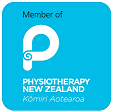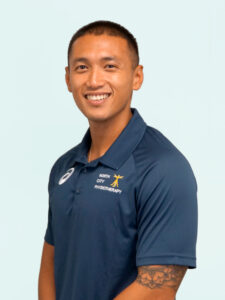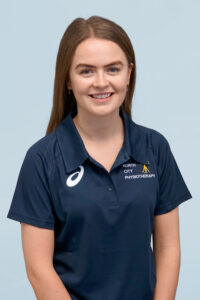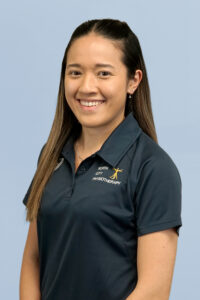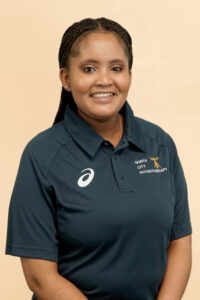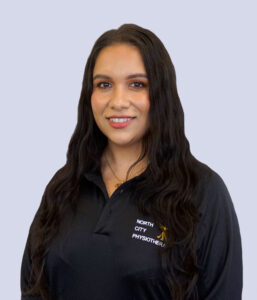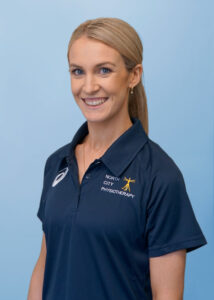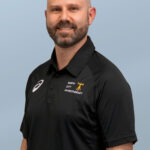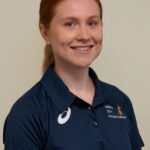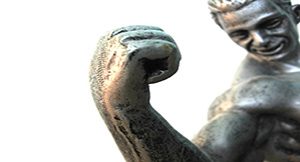
As a Physiotherapist muscles and what they do, or sometimes what they need to, is a fairly regular topic of conversation with our clients. This is often a very interesting conversation and allows us Physiotherapists to explain the difference between types of muscle, muscle function, and muscle building which, for progressive and effective Physiotherapy is something that at times forms the mainstay of what we do.
To begin with let me explain that within the body there are different types of muscle that have different roles to play. Namely skeletal muscle, smooth muscle and, cardiac muscle. Let me explain the difference.
Skeletal muscle or “voluntary muscle” is anchored by tendons to bone and is used to effect skeletal movement such as locomotion and in maintaining posture. Though this postural control is generally maintained as an unconscious reflex, the muscles responsible react to conscious control like non-postural muscles.
Smooth muscle or “involuntary muscle” is found within the walls of organs and structures such as the stomach, intestines, bronchi, bladder, blood vessels, and the arrector pili in the skin (in which it controls erection of body hair). Unlike skeletal muscle, smooth muscle is not under conscious control.
Cardiac muscle (myocardium), is also an “involuntary muscle” but is more akin in structure to skeletal muscle, and is found only in the heart
Of particular interest to Physiotherapists (and exercise and health professionals) is skeletal muscle which in itself can be further broken down in to type one and type two fibres.
Type one, slow twitch, or “red” muscle, is dense with capillaries and is rich in mitochondria (the power houses of muscle cells) and myoglobin (oxygen and iron carrying proteins within muscle cells), which gives type one muscle tissue its characteristic red colour. It can carry more oxygen and sustain aerobic activity using fats or carbohydrates as fuel. Slow twitch fibres contract for long periods of time but with little force.
Type two or fast twitch muscle. Fast twitch fibres contract quickly and powerfully but fatigue very rapidly, sustaining only short, anaerobic bursts of activity before muscle contraction becomes painful. They contribute most to muscle strength and have greater potential for increase in mass.
There is one further consideration and piece of knowledge that any client, patient or exerciser should know. When you commence muscle building one will not see changes in muscle mass for six weeks. This is because during this time the nervous system of the body is developing its ability to recruit muscle fibres, it is not until this has been developed that muscle fibres will begin to grow. The take home message from all this is train to your specific needs but to also hang in there, the body shape changes will come, you might just need to wait six weeks.


